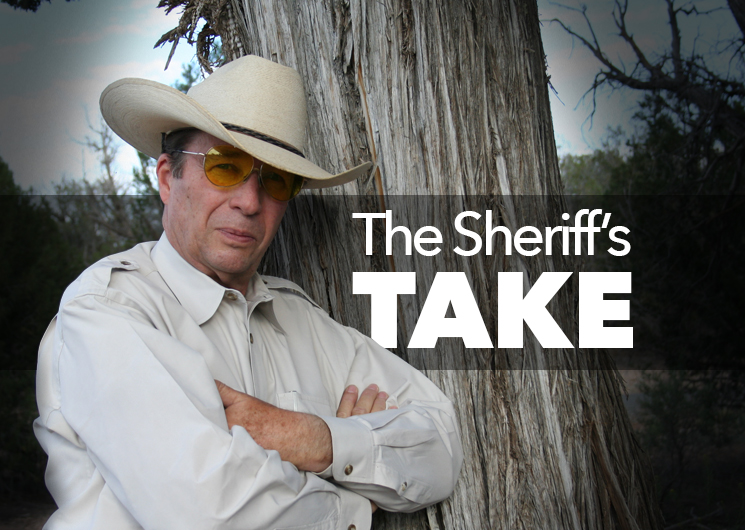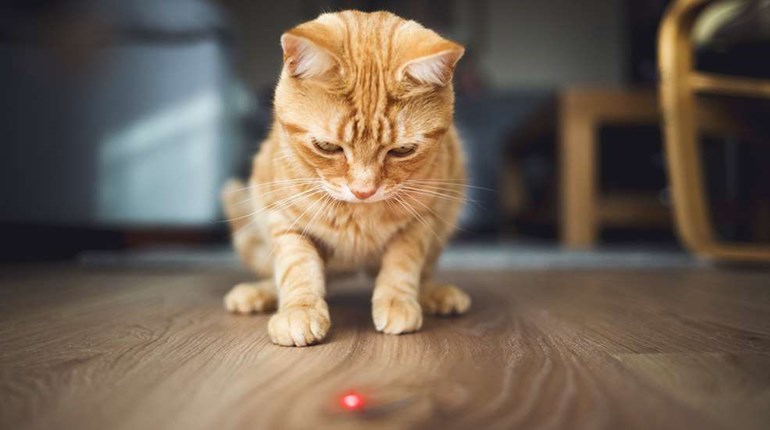
The briefest study of the current stable of defensive handguns reveals the gun companies are building smaller and smaller handguns for the defensive shooter. The theory seems to be, since the first rule of gunfighting is to have a gun, the defensive shooter is more likely to carry a handgun that is small, easy to conceal and comfortable to carry. On the surface, there's certainly nothing wrong with that sort of thinking.
There is a downside, however. The smaller a handgun is, the more difficult it is to shoot quickly and accurately. For example, most folks would agree that a 9 mm round is quite comfortable when fired from a 34-ounce handgun, but, when you run that same round through a 17-ounce compact pistol, it is a whole different proposition. Managing recoil becomes a real issue.
Another problem with small defense guns is their short sight radii. Delivering accurate fire in an actual gunfight is a difficult thing to do. It becomes more difficult as the sight radius is shortened. The defensive shooter must remember that he owns every bullet that comes out of his pistol. Admitting to poor accuracy is not going to be a mitigating factor in the courtroom.
Unfortunately, most folks who carry a defensive handgun don't practice nearly as much—or as often—as they should. The small defensive handgun can be mastered, but it will take something on the order of twice as much ammo and twice as much practice time versus the larger service pistol. If a person is serious about defending himself with a small handgun, he had better be equally as serious about regular defensive practice and training.
Little defensive pistols are neat looking, easy to conceal and comfortable to carry. They seem like just the ticket for personal defense, until you get in an actual gunfight with one. Each defensive shooter has to ask himself if he is willing to perform the extra practice and training it takes to use the little guns effectively in a fight. Remember, you have to live, or die, with the results.





































